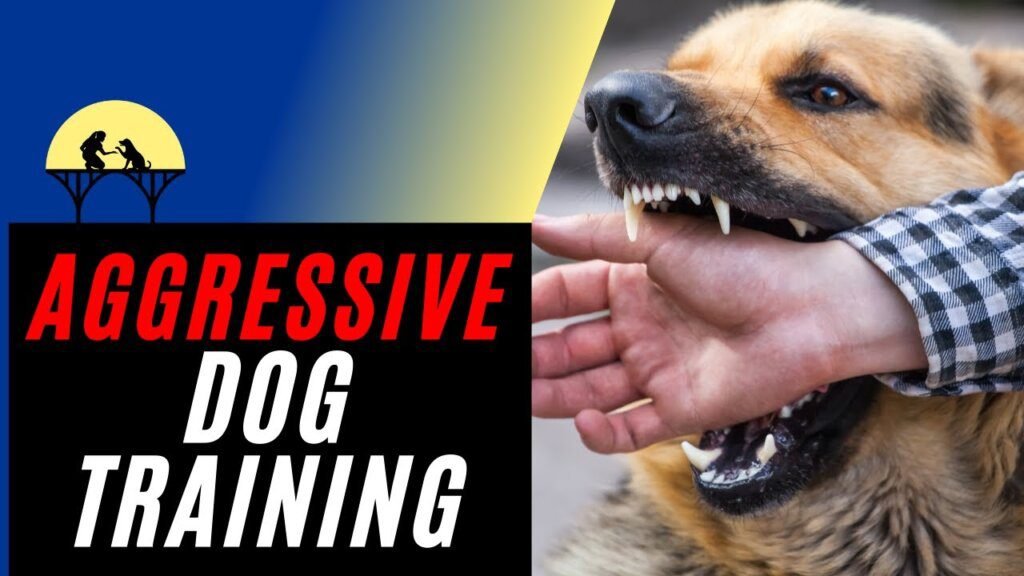Table of Contents
If you’re a dog owner dealing with aggression issues, you’re not alone. It can be concerning and stressful, but don’t worry, help is here! In this article, we will explore some effective techniques for dog training that can help you overcome aggression in your beloved furry friend. With some patience, consistency, and a positive mindset, you’ll be well on your way to creating a harmonious and peaceful bond with your dog. So, let’s dig in and discover how to tackle aggression head-on, together!
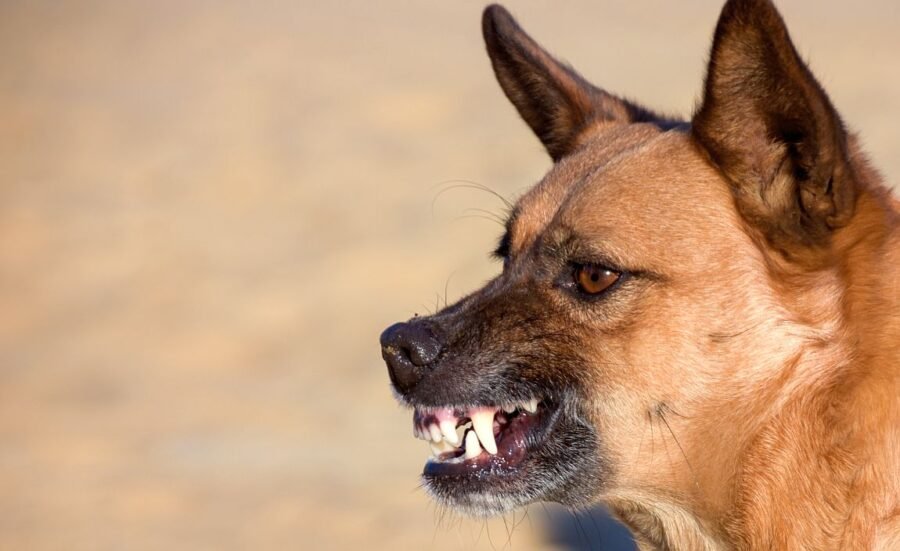
Understanding Dog Aggression
Types of dog aggression
Dog aggression can manifest in various ways, and it is essential to understand the different types to effectively address the issue. Some common types of aggression in dogs include:
-
Fear aggression: This occurs when a dog feels threatened or afraid and responds aggressively to protect itself.
-
Territorial aggression: Dogs can become possessive of certain spaces or objects and display aggression when they feel their territory is being invaded.
-
Protective aggression: Similar to territorial aggression, dogs may exhibit protective aggression when they perceive a threat to their owners or family members.
-
Social aggression: Some dogs display aggression towards other dogs or animals, usually to establish dominance or defend their social position.
-
Predatory aggression: Dogs with a high prey drive may exhibit aggression towards smaller animals, triggered by their instinct to hunt.
-
Redirected aggression: In some cases, dogs may redirect their aggression towards people, animals, or objects that were not the initial cause of their frustration.
These various types of aggression can stem from different underlying causes, so it is crucial to identify the root issue before implementing any training techniques.
Causes of dog aggression
Dog aggression can result from a combination of genetic, environmental, and learned factors. Some common causes of aggression in dogs include:
-
Lack of socialization: Insufficient exposure to various environments, people, and other animals during a dog’s early developmental stages can lead to fear and aggression.
-
Protectiveness: Dogs may become aggressive when they feel the need to protect their resources, such as food, toys, or territory.
-
Fear and anxiety: Dogs that have experienced traumatic events or have underlying anxiety issues may exhibit aggression as a defensive response.
-
Genetics: Certain breeds are more predisposed to aggression due to their genetic makeup. However, it is important to note that not all dogs of these breeds will display aggressive behavior.
-
Pain or illness: Dogs in pain or discomfort may display aggression as a way to protect themselves or as a reaction to discomfort.
-
Previous learning experiences: Dogs may learn aggressive behaviors through past experiences, such as being rewarded for aggressive actions or lacking proper training and guidance.
Understanding the causes behind the aggression can help owners tailor their training methods to address the specific issues their dog may be facing.
Recognizing signs of aggression
To effectively manage and treat dog aggression, it is vital to be able to recognize the warning signs. Some common signs of aggression in dogs include:
-
Growling: Growling is a vocal warning that a dog may display when feeling threatened or uncomfortable.
-
Barking: Persistent and intense barking, especially when combined with other aggressive body language, can indicate aggression.
-
Lunging and snapping: Dogs may lunge forward and snap at people, animals, or objects when exhibiting aggressive behavior.
-
Stiff body posture: Aggressive dogs often have a rigid and tense body posture, with their tail held high or tucked between their legs.
-
Raised hackles: When a dog’s fur along the neck and back stands on end, it can be a sign of heightened arousal and potential aggression.
-
Avoidance or freezing: Some dogs may resort to avoidance or freezing when they feel threatened, exhibiting a reluctance to engage or moving away from the source of their discomfort.
Recognizing these signs is crucial to prevent potential confrontations and to implement appropriate training techniques to modify the aggressive behavior in dogs.
Creating a Safe Training Environment
Secure the training area
When working with an aggressive dog, it is essential to create a safe and controlled environment for training sessions. Secure the training area by using a reliable leash and harness that will prevent the dog from escaping or causing harm. Find a quiet location free from distractions that may trigger aggression and ensure that the space is adequately enclosed.
Avoid triggering aggression
During training sessions, it is crucial to avoid any actions or stimuli that may trigger the dog’s aggression. Identify the specific triggers that cause the dog to become aggressive and keep them at a safe distance. Gradually expose the dog to these triggers over time, using positive reinforcement techniques to encourage calm and non-aggressive behavior.
Use positive reinforcement
Positive reinforcement plays a significant role in training an aggressive dog. Rewarding desired behaviors with treats, praise, or playtime can help the dog associate positive experiences with specific actions. Reinforce calm and non-aggressive behavior, and redirect the dog’s attention to more appropriate activities when aggression is triggered. Consistency and patience are key in effectively using positive reinforcement techniques.
Establishing Leadership and Trust
Be a confident leader
To address aggression in dogs, it is important to establish yourself as a confident and authoritative leader. Dogs are more likely to display aggressive behavior when they feel their pack lacks direction or structure. Consistently set and enforce rules and boundaries, and make decisions for the dog to provide a sense of security and leadership.
Develop trust through bonding
Building a trusting relationship with an aggressive dog is crucial for effective training. Spend quality time engaging in positive activities, such as playtime or training sessions, to build a bond based on trust and respect. Use calm and reassuring body language and avoid situations that may cause fear or anxiety for the dog. Building trust takes time and patience, but it is a vital component in overcoming aggression.
Set consistent boundaries
Consistency is key when working with an aggressive dog. Establish clear boundaries regarding acceptable behavior and enforce them consistently. Inconsistency can confuse the dog and lead to heightened aggression. Use clear and simple commands to communicate your expectations to the dog and ensure that all family members and visitors are aware of and adhere to the established boundaries.
Socializing Your Aggressive Dog
Gradual exposure to other dogs
Socialization is crucial for an aggressive dog to learn appropriate behavior around other dogs. Gradually expose the dog to well-behaved and non-threatening dogs in controlled settings. Start with short, supervised interactions and observe the dog’s reactions closely. Use positive reinforcement to reward calm behavior and gradually increase the duration and intensity of the socialization sessions as the dog becomes more comfortable.
Positive experiences with people
Aggressive dogs may also exhibit aggressive behavior towards humans, making it essential to facilitate positive experiences with people. Encourage friends, family members, and other trusted individuals to interact with the dog in a calm and controlled manner. Use treats, praise, and other rewards to reinforce non-aggressive responses. Avoid overwhelming the dog with too many people at once and gradually increase the level of social interaction as the dog shows progress.
Consider professional help
If managing your dog’s aggression proves challenging, it may be beneficial to seek professional help. A qualified trainer or animal behaviorist with experience in aggression can provide guidance and customized training plans to address your dog’s specific needs. They can assess the dog’s behavior, identify triggers, and provide expert advice on behavior modification techniques that can support your training efforts.
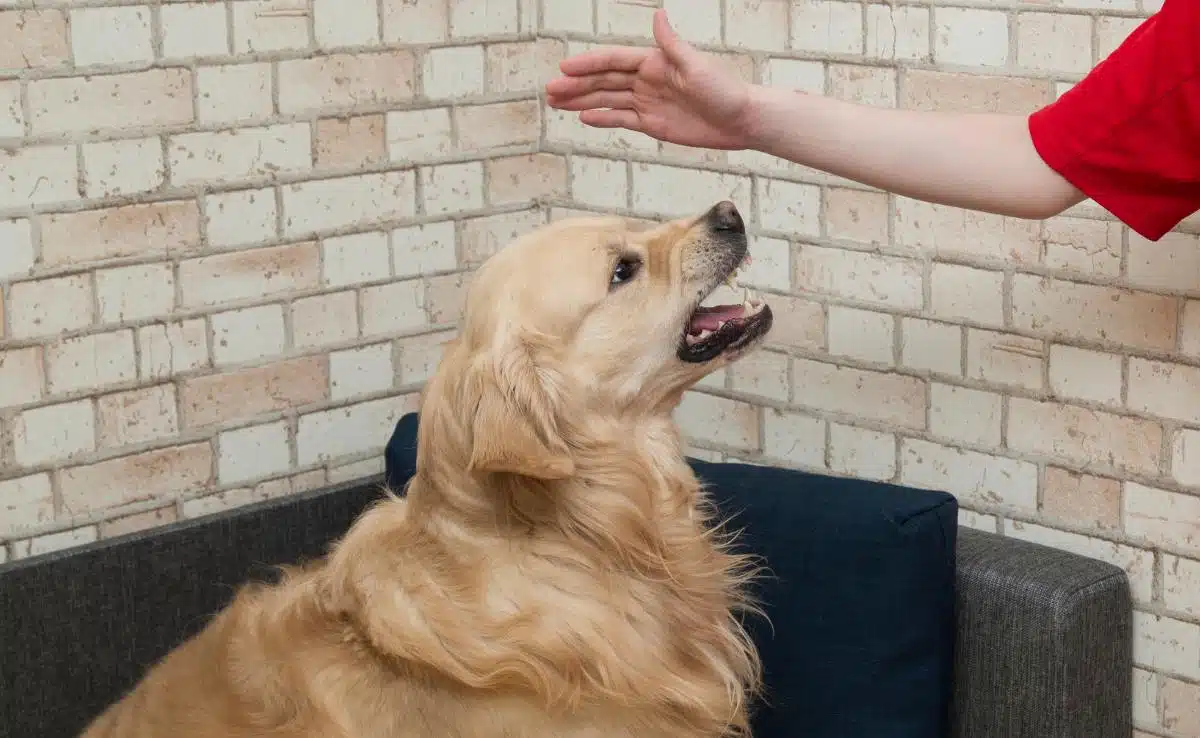
Managing Aggression Triggers
Identifying triggers
Identifying the specific triggers that lead to aggressive behavior is crucial in managing and modifying aggression in dogs. Common triggers may include unfamiliar people or animals, certain sounds or movements, or specific situations. By understanding what causes the aggression, you can take proactive steps to avoid or manage those triggers effectively.
Create positive associations
One technique in managing aggression triggers is to create positive associations with previously aggressive stimuli. This involves introducing the trigger in a controlled manner, paired with something highly rewarding for the dog, such as treats or playtime. Over time, the dog begins to associate the trigger with positive experiences, reducing its aggressive response.
Implement desensitization and counter-conditioning
Desensitization and counter-conditioning are techniques used to modify aggressive behavior by gradually exposing the dog to the trigger in a controlled and positive manner. Start with low-intensity exposure to the trigger but ensure the dog remains calm and non-aggressive. Gradually increase the intensity or duration of exposure as the dog shows progress, always reinforcing positive behavior and using rewards to create a positive association.
Understanding Reinforcement Techniques
Using positive reinforcement
Positive reinforcement is a highly effective technique in training dogs, especially those with aggression issues. Focus on rewarding behaviors you want to encourage, such as calmness, obedience, and appropriate social interactions. Use treats, praise, toys, and other rewards to reinforce these behaviors, creating a positive association and motivating the dog to repeat them.
Avoiding punishment-based techniques
Punishment-based techniques, such as physical corrections or yelling, can exacerbate aggression issues and damage the trust between you and your dog. These techniques can lead to fear and anxiety, making the dog more defensive and likely to lash out. It is best to avoid punishment-based methods and focus on positive reinforcement to guide and shape your dog’s behavior.
Employing reward-based training
Reward-based training is a highly effective method for managing aggression and promotes a strong bond between you and your dog. By using rewards, such as treats, praise, or playtime, to reinforce desired behaviors, you can motivate the dog to continue exhibiting non-aggressive actions. Consistency and repetition are key in employing reward-based training to modify aggression.
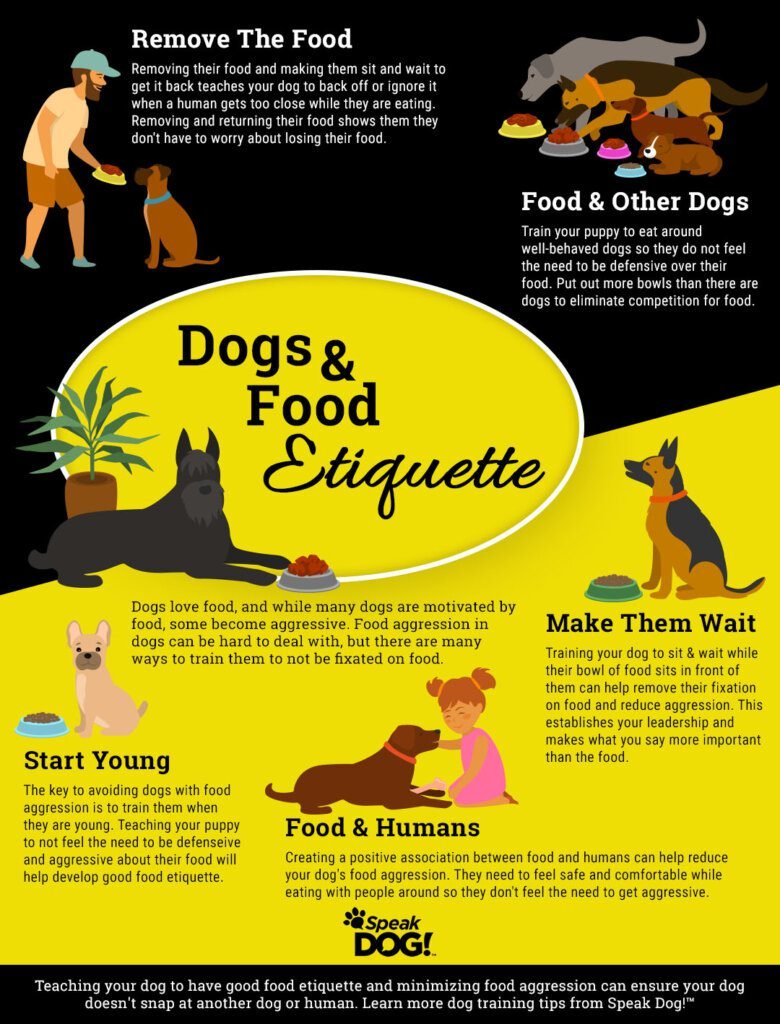
Daily Training Exercises
Teaching basic obedience commands
Teaching your aggressive dog basic obedience commands can greatly assist in managing its behavior. Commands such as “sit,” “stay,” and “leave it” can redirect the dog’s focus and provide an alternative response to potential triggers. Start with short training sessions and gradually increase the difficulty and distractions as the dog becomes more proficient. Consistently reinforce these commands with positive reinforcement.
Implementing impulse control exercises
Impulse control exercises help teach your dog to manage its impulses and respond calmly in potentially triggering situations. Start with simple exercises, such as asking the dog to wait for permission before eating or fetching a toy. Gradually increase the level of difficulty to include more challenging scenarios, reinforcing self-control and non-aggressive behavior.
Reinforcing calm behavior
Reinforcing calm behavior is essential in training an aggressive dog. Reward your dog when it remains calm in various situations, even if there are potential triggers present. Teach the dog to relax on command and reward it for maintaining a calm demeanor. Consistency in reinforcing calm behavior will help the dog learn to control its aggressive tendencies and replace them with more appropriate responses.
Seeking Professional Help
Consulting with a qualified trainer or behaviorist
If you are struggling to manage your dog’s aggression despite your best efforts, consulting with a qualified dog trainer or animal behaviorist can be extremely beneficial. These professionals can assess your dog’s behavior, provide expert advice, and develop a personalized training plan tailored to your dog’s needs. A professional can guide you through the training process and offer valuable support.
Considering specialized aggression training
In severe cases of aggression, specialized aggression training programs may be necessary. These programs often involve intensive, structured training sessions aimed at modifying aggressive behavior. Trainers in these programs have experience working with aggressive dogs and can provide the necessary expertise to address your dog’s specific issues.
Utilizing behavior modification techniques
Behavior modification techniques, such as desensitization and counter-conditioning, may require professional help for successful implementation. Behaviorists can guide you through these techniques and help you design a training plan that best suits your dog’s needs. With their expertise, you can effectively address your dog’s aggression and work towards a positive behavioral change.
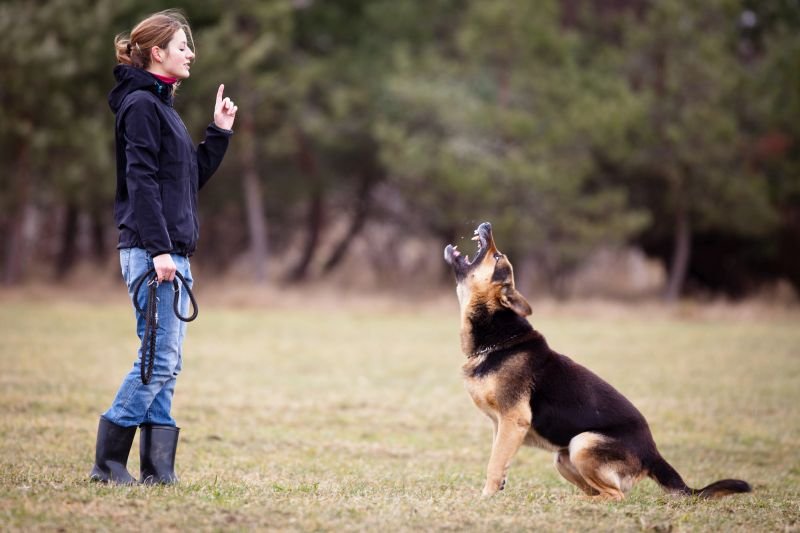
Additional Tips for Effective Training
Being patient and consistent
Training an aggressive dog requires patience and consistency. Understand that behavior change takes time, and progress may be gradual. Ensure that everyone involved in the dog’s training is consistent with commands, rewards, and reinforcement techniques. Consistency in training methods will help the dog understand and internalize the desired behaviors consistently.
Rewarding desired behavior in real-life situations
In addition to training sessions, it is important to reward and reinforce desired behaviors in real-life situations. When the dog responds calmly and positively in potentially triggering situations, provide rewards and praise. This helps the dog generalize the desired behavior beyond training sessions and promotes lasting behavioral change.
Avoiding confrontational or aggressive methods
Using confrontational or aggressive methods in training an aggressive dog can be counterproductive and exacerbate the aggression. Avoid physical corrections, yelling, or any techniques that cause fear or anxiety in the dog. Instead, focus on positive reinforcement, reward-based techniques, and non-confrontational methods that promote a trusting and positive training experience.
Monitoring Progress and Adjusting Strategies
Assessing behavior changes
Regularly assess your dog’s behavior to monitor progress and identify any areas that may require adjustment in your training strategies. Observe the dog’s response to triggers and evaluate whether there are any improvements or setbacks. Keep detailed records of the dog’s behavior, and note any patterns or trends that may help guide your training efforts.
Modifying techniques as needed
As you continue to work with your dog, you may find it necessary to modify your training techniques to better address its aggression. Adapting your approach based on the dog’s progress, as well as seeking advice from professionals, can help ensure that you are using the most effective methods to modify aggressive behavior. Remain open to learning and adjusting your strategies as needed.
Maintaining a dedicated training routine
Consistency and routine are essential in effectively managing dog aggression. Establish a regular training schedule that provides enough time for focused training sessions. Commit to daily training exercises, socialization activities, and practicing impulse control techniques. Maintaining a dedicated training routine helps reinforce desired behaviors and promotes lasting behavioral changes.
While addressing dog aggression can be a challenging process, with patience, consistency, and an understanding of proper training techniques, it is possible to modify and manage aggressive behavior. By creating a safe training environment, establishing trust and leadership, socializing the dog, managing aggression triggers, and employing reinforcement techniques, owners can help their aggressive dogs become well-behaved and balanced companions. Seeking professional help when necessary and monitoring progress while adjusting strategies are essential components of successful training. Remember, the key to overcoming aggression is to approach the training process with a friendly and patient attitude, ultimately creating a harmonious and safe environment for both you and your dog.
